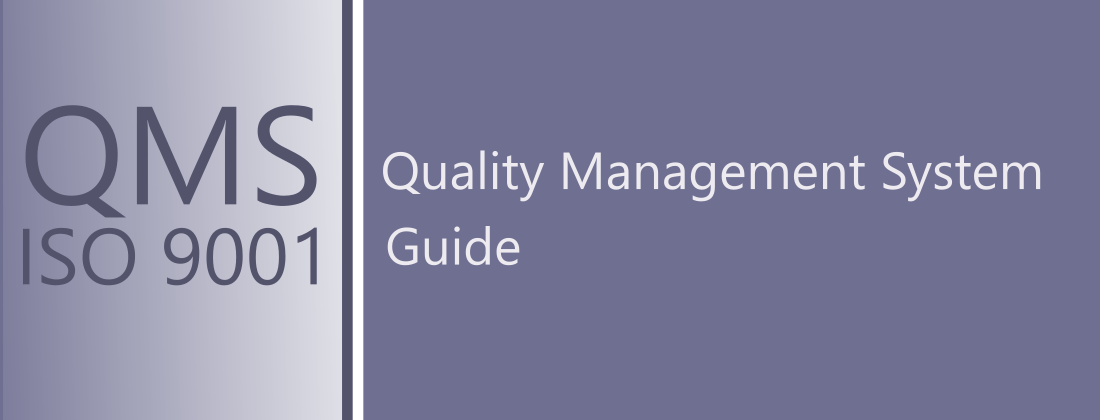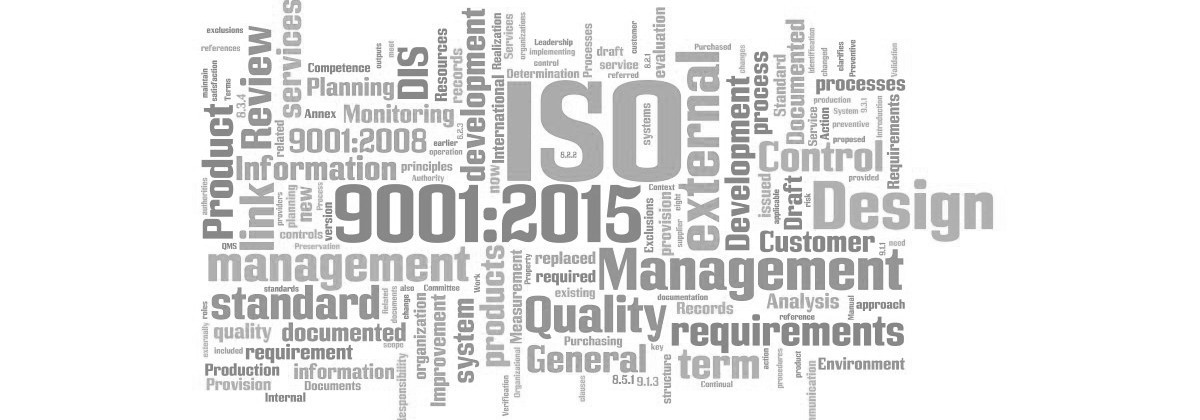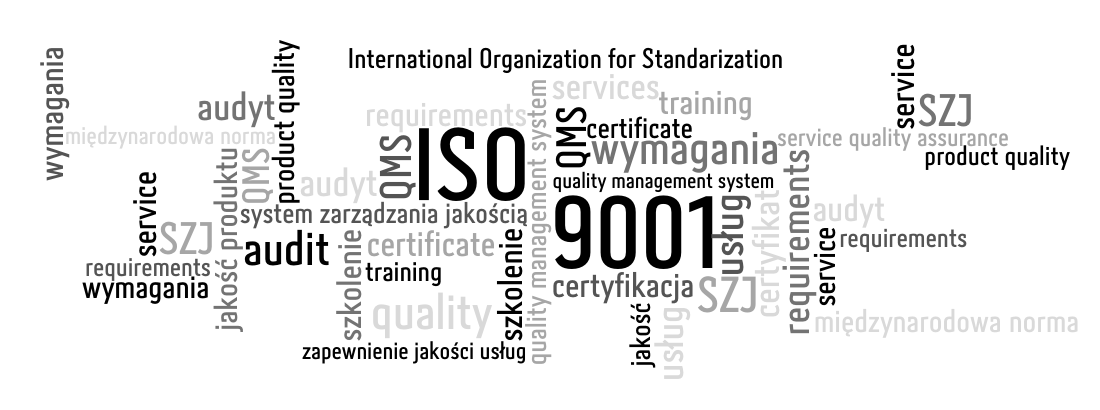Quality management system guide – How to implement ISO 9001: 2015?
Analytical and research processes – subject as enigmatic as mysterious. What is it about?
ISO 9001 requires us to carry out research and analytical processes. These processes are intended to answer a few simple questions:
- process analysis – does each process achieve its goal?
The answer can be numerical or descriptive. Example (the simplest): if we have set ourselves that the sales process should generate 0.5 million PLN of net income per quarter, the answer to the question “does the sales process achieve its goal?” is the actual value of sales in a given month, and when we divide it by the assumed value, we also have the degree of target achievement. The analysis is best performed in a continuous system at the end of a given month. Additionally, make a comparison to the previous month and year to year.
- analysis of products and services – does the product (service) fulfill its purpose?
Here, the analysis must be more extensive, because when selling products and services, we must check:
- what sales each of them generates
- what are the production costs of each of them
- what is the profitability of each of them
- do they fulfill their additional tasks, e.g. does the sale of gazebos drive the sale of assembly services?
The analysis is best performed in a continuous system at the end of a given month. Additionally, make a comparison to the previous month and year to year.
- customer satisfaction survey – are customers satisfied with our products and services?
In order to perform this analysis, we need to contact the customers who have purchased our products and services and ask them how they perceive us. You must have a representative sample of respondents to gather reliable information. If you have 100 customers you have to call 79, if we have 1000 you call 278, and if you think this is too many, use representative sample size calculators.
The results of the survey will give you reliable information – how customers perceive me and my products!
The analysis is best done on a continuous basis or once a year. It is recommended to perform a year-on-year comparison of the satisfaction level.
- internal audit – do we act in accordance with the principles adopted by us?
We must have an internal audit procedure in place.
A person not involved in work in a given process must, at least once a year, go to his colleagues in the process and, through questions and checking records, determine whether they are following the adopted rules.
If there are discrepancies, find out with colleagues why this is happening, plan what to do to follow the rules (change the rules or change the behavior) and write it down in the report. We do this check at least once a year for all processes.
- supervision over a non-conforming product – how many products and how many services were not in accordance with the order and why?
To determine this, you must record information about errors that have been made during product quality control and service quality control. Analyze the collected information on a continuous basis, i.e. on an ongoing basis, and correct what generates errors. We save the information in order to:
- be able to learn from it in the future
- show it to the auditor as evidence of continual improvement.
In the field, in practice, it is best to write down information on paper (notebook), and in office work in the service desk. Remember to categorize the collected information, otherwise you may die in excess.
- analysis of complaints – is the number of complaints increasing? do we have reasonable complaints?
Important – complaints are important information about deficiencies in our service and an easy recipe to increase sales. Record each complaint and analyze its cause (why did it happen?). Check whether the number of complaints increases (not well) or decreases (well) per 100 or 1000 sales units.
- improvement analysis – do we improve the quality of our products and services?
If we collect information on the non-compliance of products, including complaints and the level of customer satisfaction, we are able to check whether:
- the amount of non-compliance of products increases or decrease
- the amount of service mismatches increases or decreases
- the number of satisfied customers increases or decreases
This is the improvement analysis.






